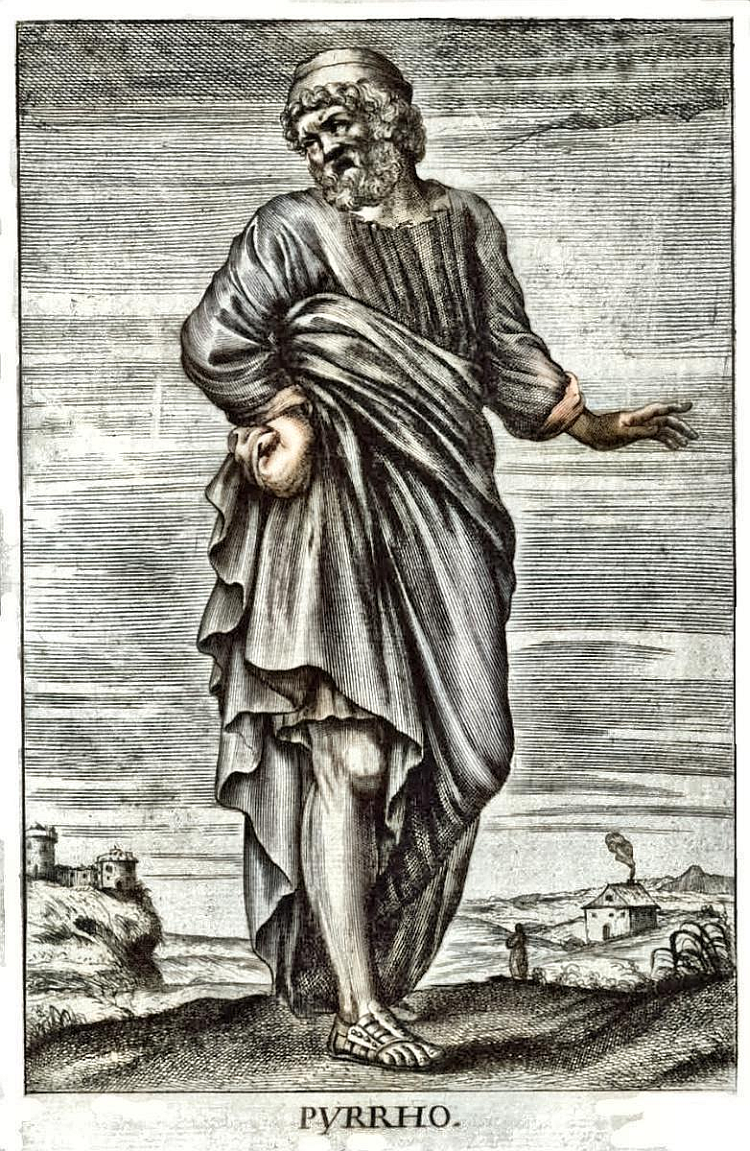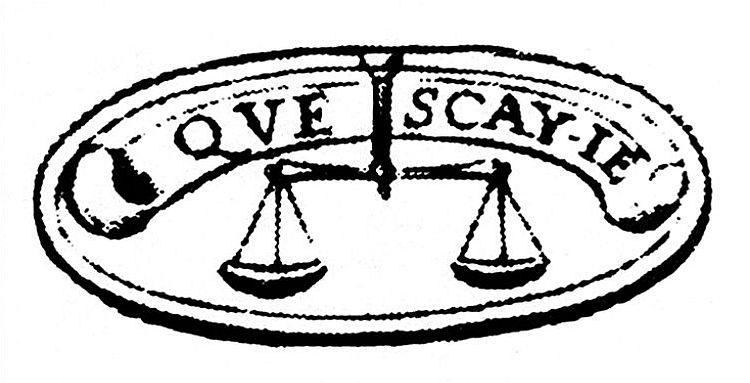Views: 101

I’ve just been spending the week putting together a meditation seminar for this weekend, and it suddenly struck me how my attitudes to practice have changed since I first picked up a book on Buddhism and practiced meditation in the early 70’s.
My journey on the path started with three distinctly different schools of Buddhism. The Tibetan tradition, the Japanese tradition and the Thai Tradition.
The Tibetans love elaborate rituals, incense, horns, bells and whistles. Tibetan Monks and Lamas were clad in heavy dark red robes with flashes of yellow in places. Some senior Lamas wore heavy brocade and had amazing hats balanced precariously on their shaved heads. Massive rosaries and artifacts of all kinds were sometimes carried around in their hands. The highly decorative shrine rooms amazed me, festooned in candles and images of gurus and bodhisattvas and enormous images of the Buddha in a variety of styles. The deeply intoned chants of their voices made it other worldly. Not to mention the Guru worship that went along with all this. It sort of reminded me of a catholic mass that I had once attended.
So much of Buddhism appeared to be heavily invested in supporting fixed beliefs about Karma and reincarnation. I am surprised I didn’t pick up on it at as being the opposite of what the Buddha had spoken about in his early words written down later in the Pali Canon. I guess, like many followers, I got swept away by how fantastic it all seemed. It was sensory overload! I didn’t have the head space to think!
In fact, when I questioned beliefs about Karma and the after death plane, I was simply told to meditate. There were never any straightforward answers to my questions. No help with the doubts I harboured.
Then, there was the Soto Zen tradition, with its focus primarily on ‘just sitting.’ I would sit for hours on a black zabuton (mattress) and a zafu (cushion) placed on top. Sitting still and upright like a mountain, immovable and steady.
I would sit facing and staring at a blank wall in a sparsely decorated Zendo (meditation hall), with the slightest hint of ritual and no dependence on any belief systems that I can remember. You were there alone with your thoughts and little else.
It was quite liberating and made more sense. It was honestly much tougher because there were no distractions and the teachers attitude towards my questions were more pragmatic and made more sense.
I remember saying to Roshi (Teacher) at the time, that I was coming up for a weekend retreat and she said we don’t call them a retreat. “We are not here to retreat from the world,” she said, “we are here to face things head on!”
I liked the Zen attitude to life and it’s aftershocks have remained with me long after the Tibetan symbolism, dogmas and guru worship had gone. Having said that, I still admire Tibetan art and the symbolism, but it means little to me philosophically as a westerner.
The system that seemed to straddle both traditions was Theravadin Buddhism. This is the school of Buddhism practiced mainly in Sri Lanka, Burma and Thailand. I spent some time practicing Samatha and Vippasana techniques and found them to be very good. In fact, I still use these methods from time to time.
In Thailand the approach I took was from the Forest Tradition and is similar to what the Buddha probably practiced. The idea that you would go off into the forest alone and practice appealed to me, but it still had chanting, relied on beliefs and had a hierarchy which I wasn’t comfortable with. (By the way I do enjoy listening to the chanting and even learned some of them by rote).
As the years rolled by I found myself being drawn towards what the Buddhist academics were writing about with regard to Buddhism, and realised I was becoming more and more secular in my approach. Following the publication of some of Stephen Batchelors early works and those of Robert M Ellis, I drifted away from the more Traditional Schools of Buddhism and spent time researching the historical background in India around the time of the Buddha.
Doors started opening for me.
I read Trevor Ling’s book on The Buddha and it gave me a historical perspective I had never thought about. He discussed the issues of the time, the development of agriculture and the rise of a new type of political structure. Things I had never considered before. I needed more information! He spoke about the Buddha as a man living in a time of great social and political change and it set me on a path.
I wanted to know more about the Buddha as a man, for that was all he was; and how he had learned to be more awake to the world. Not some god-like figure to be worshiped, but a man with a plan. With ideas and techniques to help people flourish, to create a better society.
I realised I was living out a life based on a variety of belief systems that I felt I had to justify. That I was searching for a TRUTH that couldn’t exist. These beliefs were holding me back and I decided to take stand against them; and you know what? For the first time it seems, I was having personal breakthroughs, both on and off the meditation cushion.
It’s not a new idea and I wasn’t the only one having personal breakthroughs.
The Greek Skeptic Pyrrho posited these ideas around the time when the Greeks were expanding their empire and had invaded North Western India. Some academics theorise that Pyrrho may have picked these ideas up when he was in India with Alexander. There are some Academics who think that he was influenced by the local Sramanas (Ascetics) and Gymnosophists (naked yogis) and that the ideas he brought back to Greece may provide us with important insights into what was being taught in India at that time. (This is the period shortly after the Buddhas death).
Who Knows?
Whatever the practices Pyrrho was following and one of his students wrote about (Sextus Empiricus: Outlines Of Pyrrhonism) made sense to me, and fitted in with my meditation practice. I started reading about the Greeks and their philosophies. Pyrrho stood head and shoulders above the other Greek philosophers in that he talked about suspending judgement on beliefs about non-evident things.
The evident and the non-evident are something I want to explore in another post. Suffice to say his ideas struck a chord with me and I immediately put them into practice. They were unlike anything I had practiced before, and so different to meditation.
Consequently, whenever I sit now I use a simple principle of picking one of my strongly held beliefs and attempt to suspend judgement about whether it’s right or wrong until I find that there is no argument either way. This puts me in a very different state to that which I experienced previously and creates what the Greeks called aphasia (speechlessness). It is not possible to describe the experience, but many of you will have experienced this at some time in your life when you drop all thoughts of past and future whilst meditating. It is quite liberating. At its best it creates a certain tranquillity so thoughts no longer create a disturbance. This Pyrrho calls Ataraxia. It was a condition actually experienced by Greek soldiers in the midst of battle and can be roughly translated as unperturbedness. It is about being in the present moment, wherein you can have an appropriate response and therefore act effectively in the world.
My search continues…
In the next post I will report back on how things are progressing and talk a little more about the techniques I am using in more detail.
In the meantime…
Keep sitting and drop off those ideas!
